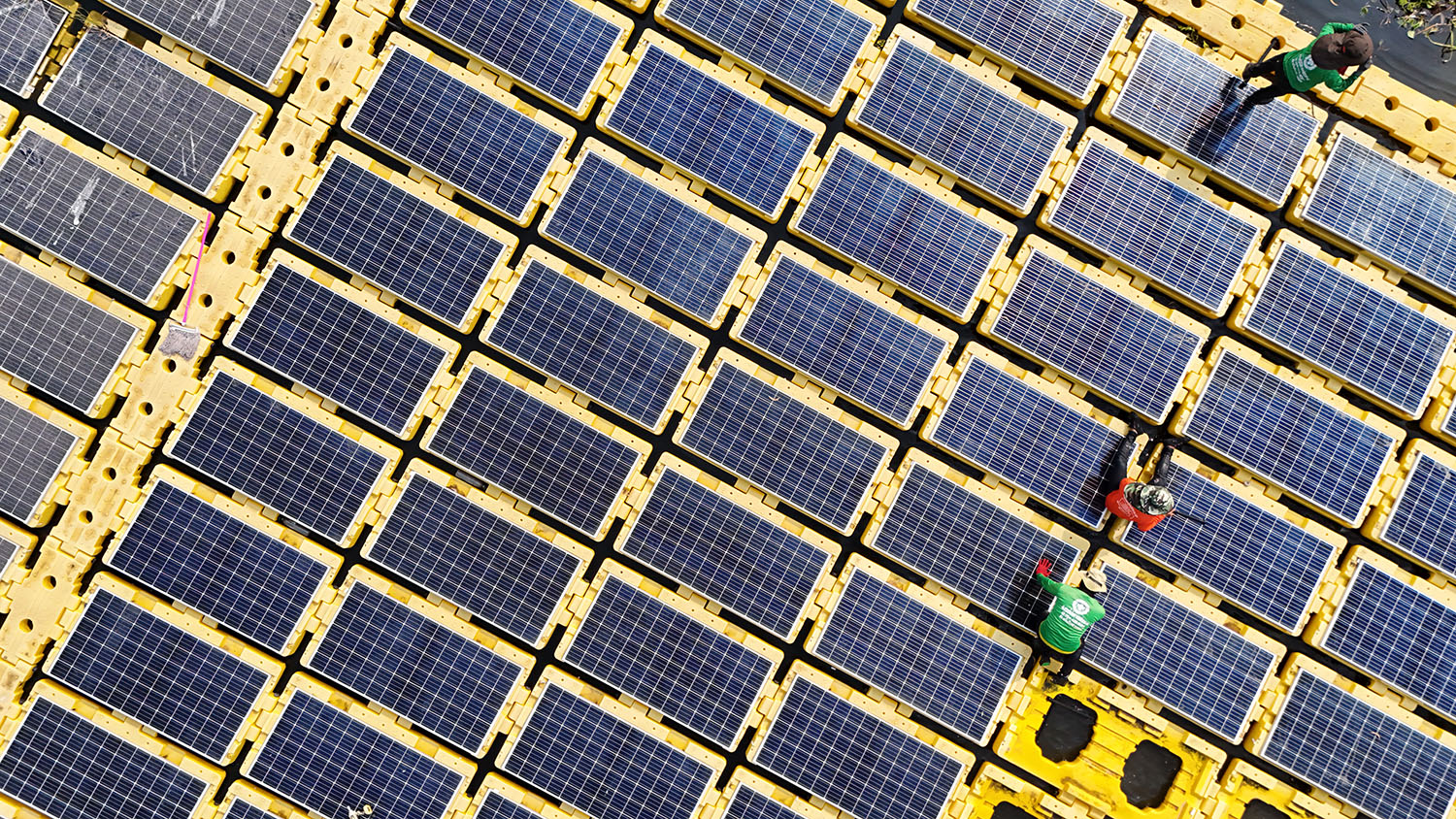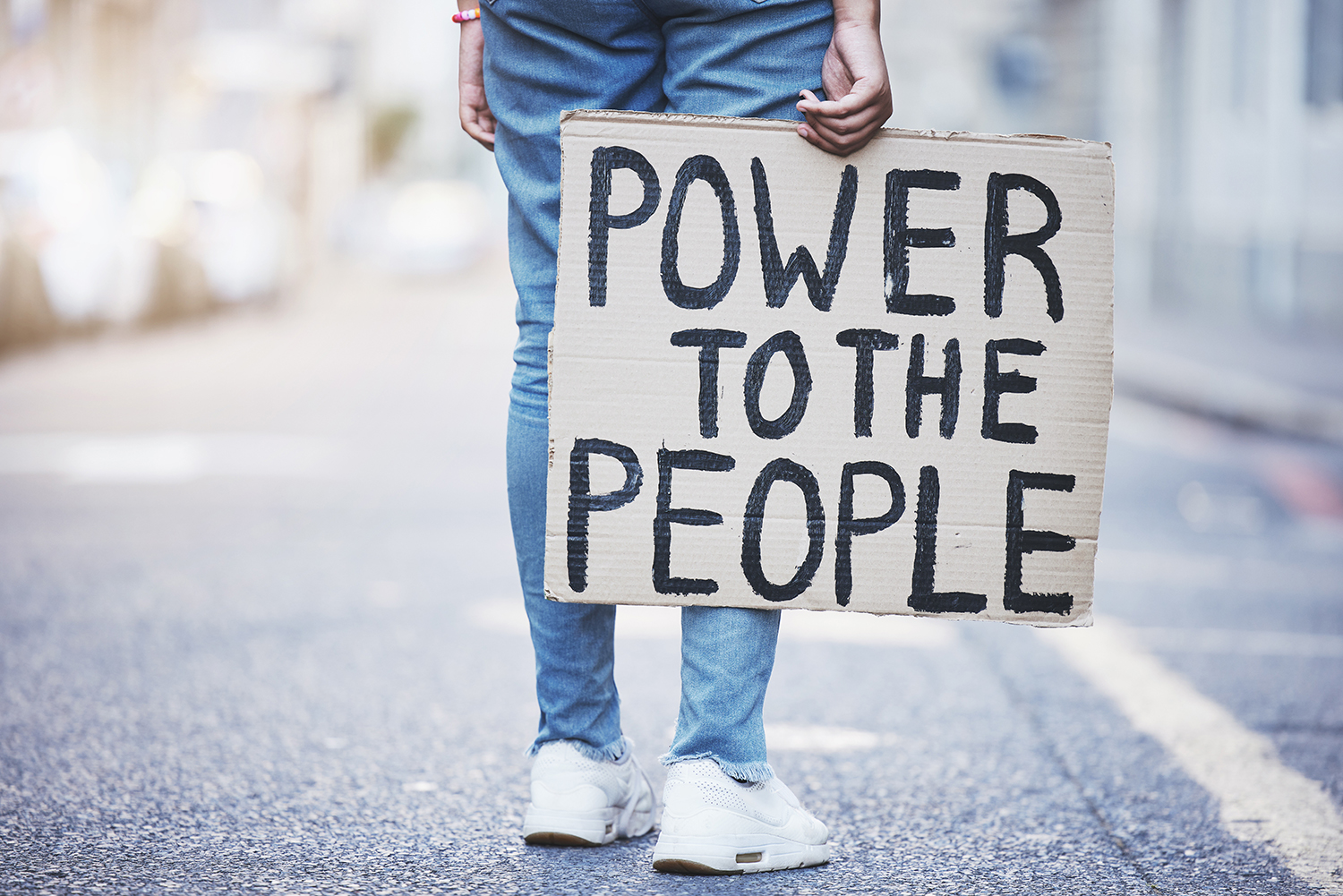Offsetting Emissions – An Easy Way to Fly Sustainably?
Flying is the fastest option for most international trips, and often the only practical choice for long distances. But travelling by air produces a high amount of emissions per person for every kilometre travelled. Air travel actually causes around 3% of all global CO₂ emissions.1 That is quite significant, especially because more than 80% of the world’s population has never sat on an aeroplane!
Jochen Dallmer
Air travel actually causes around 3% of all global CO₂ emissions.That is quite significant, especially because more than 80% of the world’s population has never sat on an aeroplane!
Several hundred kilograms of CO₂ can quickly be produced per passenger – for long-haul flights, even over a tonne. The EU average is about 6 tonnes per person per year. So one long flight makes up a lot of your personal emissions budget, or increases it above the average. And to limit climate change, the emissions need to be reduced drastically. Scientists recommend aiming for 1 tonne per person per year.
Does that mean we should stop flying?
Sometimes, it might simply be necessary. At the end of the day, there are also many positive sides of international travelling, like intercultural learning and promoting global understanding. To reduce emissions, aviation companies and plane manufacturers work on technical solutions, for example by building more fuel efficient aeroplanes. Sustainable aviation fuels are also being developed and might gradually replace kerosene. But until they can really make flying climate neutral, it will take a long time. There is one more option available: offsetting! That is a method that promises to neutralise the emissions produced when flying.
How does offsetting actually work?
CO₂ offsetting means that the CO₂ emissions caused by an activity, such as a flight, are offset (or compensated) by a project that will stop the same amount of CO₂ from being emitted somewhere else. You will have to pay to offset the emissions of your flight, and the organisation or company managing the offsetting will use the money to finance projects that help avoid the same amount of emissions. Here are some examples of such projects from the atmosfair2 organisation:
- The development and now subsidised distribution of cooking stoves that are more efficient and therefore need 80% less firewood, which saves emissions, and is more economic for the people using it in northern Nigeria.
- Installing solar panels to reduce the use of fossil energy, for example to supplement the usual heavy fuel oil power plants in Madagascar.
- In Nepal, small biogas plants are built at households in the rural areas in order to guarantee an environmentally friendly energy supply where previously firewood was used for cooking.
These projects are highly effective in reducing emissions. However, offsetting CO₂ emissions from flights is a particularly controversial topic. Some think offsetting is an excellent approach, while others are very critical of offsetting, even though they are in favour of climate protection. Here, we give you an overview of the pros and cons regarding the effectiveness of compensation schemes.
Let’s start with the three positive arguments, why offsetting is a good way to go climate friendly:
- Contribution to climate protection and support for sustainable projects
CO₂ compensation projects (e.g. renewable energies, moorland restoration) help offset greenhouse gas emissions.
Many offset providers invest in environmental projects that have positive effects beyond CO₂ compensation (e.g. protection of biodiversity, providing clean drinking water, and creating jobs). - Immediate effectiveness
Offsetting is available right now and has an immediate effect. Technical solutions for climate-neutral flying (e.g. synthetic fuels) are far from being available and affordable on a large scale. It will take many years until they will visibly reduce emissions. Meanwhile, compensation measures offer a short-term opportunity to at least reduce the effective emissions of flying. - Raising awareness
Taking part in offsetting gives attention to the problem of emissions and possible solutions. This can potentially sensitise the aviation industry and other travellers to the climate impact of flights and can encourage more sustainable behaviour. It also shows airlines that their customers care about the negative climate effects of flying.
Now let’s explore the three main arguments against offsetting as a climate-friendly option. Some people say that offsetting is not effective and might give a wrong impression of climate-friendly flying.
- The effectiveness of projects is often questionable
Many large compensation projects, such as tree planting, are designed as long-term offsetting measures, with the goal of eventually binding a significant amount of CO₂. But such projects, especially reforestation, can fail if trees are cut down soon or destroyed by forest fires. Trees only contribute to climate protection after many years, when they are large and store bigger amounts of CO₂ for a long time. But if trees are planted and then soon harvested again, they will never bind as much CO₂ as envisioned.
Also, to effectively contribute to a reduction of emissions, the compensatory measures must be additional projects. In some cases, it is questionable whether the measures taken would not have been necessary and implemented anyway. In such cases, credit is given for something that is not really additional.3
There are big differences in the quality of the compensation programmes. Not all providers guarantee a reliable reduction in CO₂, and there have been many critical studies and reports. - Distorted perception and wrong incentives
Compensation models could make flying "morally easier" so that people are more willing to fly instead of using more environmentally friendly alternatives, like trains and buses for journeys that are also doable as overland travel. Some business trips could be replaced by video conferencing, or at least occasions could be pooled (one trip with many meetings) to reduce the number of travels and emissions. - Offsetting brings no real reduction of emissions
Offsetting your emissions means not adding more CO₂, but the real issue is that we’re already emitting too much and need to reduce it. Absolutely reduce it! In Europe the average is about 6 tonnes of emissions per person per year, but to stop global warming we need to get it down to 1 tonne. So offsetting any additional emissions is not enough. In fact, we should pursue all the projects on the offsetting agenda, but also reduce flying and all other activities that emit a lot of CO₂.
Could I fly as much as I want if I offset my emissions?
Not really, because some issues, as mentioned above, still remain. And finally, besides CO₂, there are other concerns about flying, such as noise pollution for people and nature, or the land use taken up by large airports.
From a sustainable travel perspective, here’s our clear recommendations as the Travel Different project:
- Avoid flying whenever possible – it’s the best way to reduce emissions.
- When flying is necessary, take a direct route and avoid detours and stopovers.
- Offset your flights emissions by using reputable companies that offer a high degree of transparency and effective projects, such as Atmosfair and MyClimate.
How to calculate the exact emissions and offsetting prices?
When you search for options to offset your emissions, you might come across different offers and calculations. Most often airlines will provide you a lower amount and may offer offsetting for just a few euros. Meanwhile, environmentally focused agencies calculate it differently. So be cautious of very cheap offers, like six euros for a flight across Europe, as the offsetting in these cases may be more for show than truly effective. Various airlines have actually been accused, or are even under investigation for misleading information about their compensation schemes.4
In addition to flying less, you can also assess your lifestyle to see how many resources you use and how much CO₂ you produce. This includes your home heating and electricity, what you eat, and how much stuff you buy. Sustainability only works when we work together, so involve and motivate others at your school, in your town, or at your workplace. Also use your power as a citizen to vote, campaign and get involved in public action.
References
- In addition to direct CO₂ emissions, aircrafts leave other emissions in the atmosphere that have an impact on the climate. These are mainly particulates, water vapour, sulphur and nitrogen oxides. These oxides are responsible for the formation of condensation trails. They also influence the concentrations of some atmospheric gases, such as ozone, and thus contribute to global warming.
Umweltbundesamt (2019): Magazin. Schwerpunkt: Fliegen. Page 15. (own translation) (30/03/2023) - Examples taken from atmosfair website https://www.atmosfair.de/en/climate-protection-projects/ (28/03/2025)
- https://www.theguardian.com/environment/2023/jan/18/revealed-forest-carbon-offsets-biggest-provider-worthless-verra-aoe (03/05/2023) CO₂-Zertifikate: Grün getarnt | ZEIT ONLINE (10/12/2024)
- A study has accused most major European airlines, including Air France, British Airways, EasyJet, KLM, Lufthansa, Ryanair, SAS, and Wizz Air, of engaging in practices that could be seen as greenwashing.
https://www.capital.de/wirtschaft-politik/ryanair--lufthansa-und-co---airlines-taeuschen-fluggaeste-bei-co2-neutralitaet-32801624.html (10/06/2024)
https://www.theguardian.com/environment/2021/may/04/carbon-offsets-used-by-major-airlines-based-on-flawed-system-warn-experts (05/05/2023)







